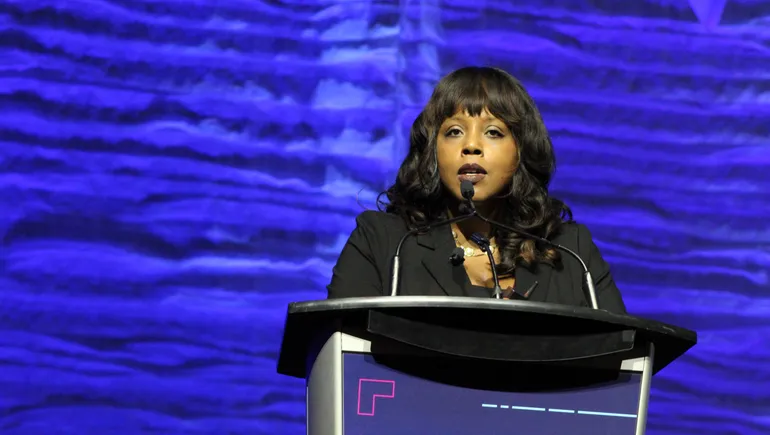At a pivotal moment for the Food and Drug Administration (FDA), Michelle Tarver, the acting director of the FDA’s Center for Devices and Radiological Health (CDRH), addressed an audience at the MedTech Conference in Toronto. Since being appointed as the acting director in July, following Jeff Shuren’s retirement in June after a 15-year tenure, Tarver has emphasized a people-first approach to medical regulation, drawing from her extensive background in ophthalmology and epidemiology.
During her speech, Tarver shared insights from her medical residency and fellowship, highlighting the transformative power of listening to patients’ stories to accurately diagnose and tailor treatments to their specific needs and values. These experiences have deeply influenced her philosophy towards medical device regulation, underscoring the importance of aligning medical interventions with patient values.
Jeff Shuren, who was also present at the event, expressed his support for Tarver, suggesting that her leadership could usher in the best era yet for the CDRH. Despite his own accomplishments and the support demonstrated by a standing ovation at the conference, Shuren’s legacy is marred by controversy. A recent article by The New York Times questioned potential conflicts of interest during his directorship, due to his wife’s legal work with medtech firms. However, the FDA maintained that no criminal conflict of interest statutes were violated under Shuren’s leadership.
The process of selecting a permanent director for the CDRH is underway, with the application period having closed on August 27. The FDA is currently in the final stages of this process but has yet to make an official announcement.
Before her current role, Tarver was known for her contributions as the CDRH’s chief transformation officer, a role in which she began various initiatives focusing on patient engagement and health equity. Notably, under her guidance, the FDA established its first patient engagement advisory committee and advanced the Home as a Health Care Hub program. This initiative specifically targets the integration of people’s living environments into device design and clinical trial accessibility, initially focusing on diabetes devices. This involves using model apartments and small homes to prototype and develop devices that are more aligned with the actual living conditions of patients.
On the bureaucratic front, Tarver updated the audience on the CDRH’s achievements concerning the goals set in the most recent user fee agreement. She affirmed that the CDRH has met its hiring objectives for fiscal years 2023 and 2024 and is progressing well towards the 2025 targets. In addition, she discussed a draft guidance issued in September that explores how patient preferences should influence the features of medical devices. The FDA is currently soliciting comments on this document through December and it plans to finalize the guidance as part of its priorities for fiscal year 2025.
Overall, Tarver’s leadership at the CDRH seems to be marked by an earnest effort to incorporate the patient’s voice more fundamentally into the fabric of medical device regulation, ensuring that their needs and life circumstances are central to the development and approval of medical technologies. This approach not only champions greater inclusivity and sensitivity but also aligns with broader objectives of enhancing health equity—an area that continues to gain prominence under Tarver’s stewardship. Whether this momentum will translate into permanent appointment remains to be seen, but the initial responses and outlined priorities promise a continuation of patient-centric reforms in medical device regulation.
#Tarver #acting #CDRH #director #sets #tone #future #device #center



